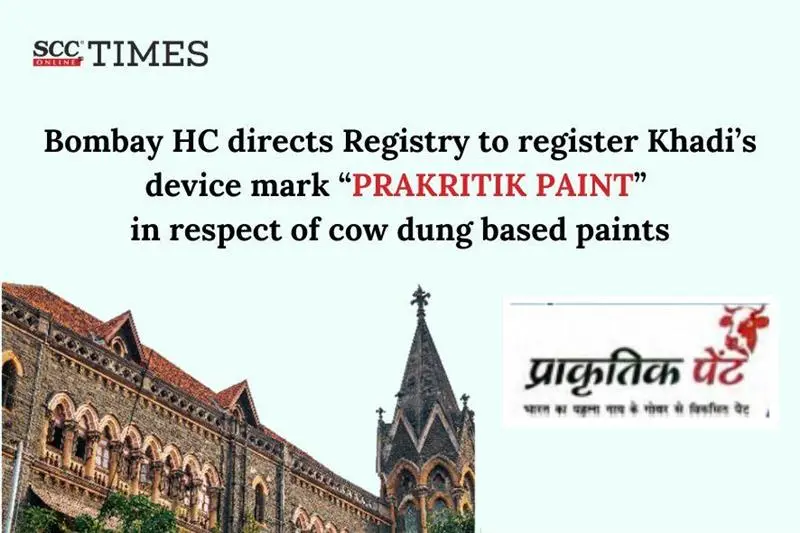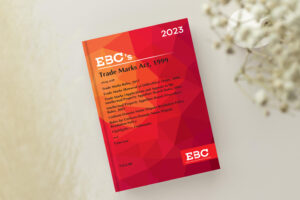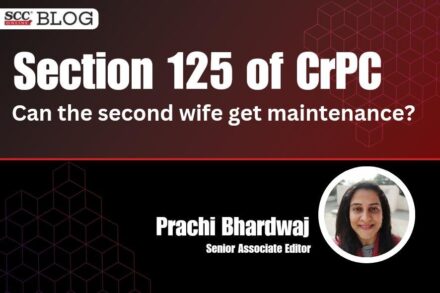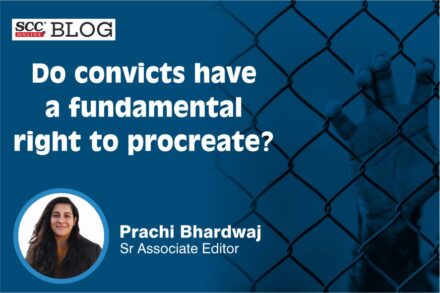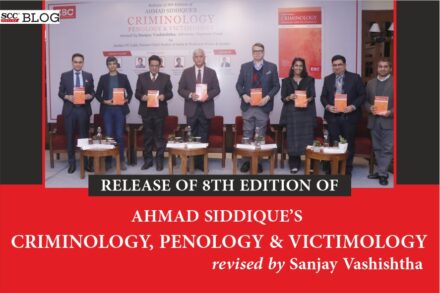Bombay High Court: In the present case, the petitioner challenged the order dated 17-08-2023 passed by the respondent, whereby the application filed by the petitioner for registration of its device mark  in Class 2, was refused registration under Section 9(1)(b) of the Trade Marks Act, 1999 (‘the 1999 Act‘). A Single Judge Bench of Manish Pitale, J., stated that the effect of registration of the trade mark “KHADI PRAKRITIK PAINT” in the petitioner’s favour was also ignored as the same Registry had granted registration to the petitioner for its device mark
in Class 2, was refused registration under Section 9(1)(b) of the Trade Marks Act, 1999 (‘the 1999 Act‘). A Single Judge Bench of Manish Pitale, J., stated that the effect of registration of the trade mark “KHADI PRAKRITIK PAINT” in the petitioner’s favour was also ignored as the same Registry had granted registration to the petitioner for its device mark ![]() . The Court opined that as registration to the device mark
. The Court opined that as registration to the device mark ![]() was granted to the petitioner, it was not appropriate for the Registrar to refuse registration for the subject device mark
was granted to the petitioner, it was not appropriate for the Registrar to refuse registration for the subject device mark  to the petitioner. Thus, the Court directed that the petitioner’s application for registration of the subject device mark should be allowed to proceed for registration.
to the petitioner. Thus, the Court directed that the petitioner’s application for registration of the subject device mark should be allowed to proceed for registration.
Background
The petitioner was using the name “KHADI” on products for a long period of time and had spent considerable amount towards advertisement and promotional activities associated with such products. The trade mark “KHADI” of the petitioner was declared as a well-known trade mark and was also included in the list of well-known trade marks by the Trade Mark Registry in the year 2022. The petitioner, on 17-12-2020, under the brand and trade mark “VEDIC PAINT”, announced the launch of its anti-fungal, anti-bacterial paints, whose main component was cow dung. On 12-01-2021, the petitioner re-branded the product as  and submitted that the petitioner was granted registration on 11-02-2021 for its word mark “KHADI PRAKRITIK PAINT” in Class 2 in respect of paints, varnishes, distempers, emulsion paints, etc and the user was claimed since 12-01-2021.
and submitted that the petitioner was granted registration on 11-02-2021 for its word mark “KHADI PRAKRITIK PAINT” in Class 2 in respect of paints, varnishes, distempers, emulsion paints, etc and the user was claimed since 12-01-2021.
The petitioner filed an application on 04-03-2021 in Class 2 for the subject mark i.e.  and on 19-03-2021, the Registrar raised two objections that firstly, under Section 9(1)(b) of the 1999 Act, stating that the mark consisted exclusively of words which designate the kind and intended purpose of the goods or rendering of service or other characteristics and secondly, under Section 11(1) of the 1999 Act, that similar mark existed in respect of identical/similar goods.
and on 19-03-2021, the Registrar raised two objections that firstly, under Section 9(1)(b) of the 1999 Act, stating that the mark consisted exclusively of words which designate the kind and intended purpose of the goods or rendering of service or other characteristics and secondly, under Section 11(1) of the 1999 Act, that similar mark existed in respect of identical/similar goods.
Analysis, Law, and Decision
The Court noted that in the present case, the subject mark was a device mark consisting of various components and thereafter opined that when a device mark came up for registration and even when proprietary right was asserted upon registration in any proceeding before a Court, such device mark must be considered as a whole. The Court referred to Section 17 of the 1999 Act which provided that when a trade mark consisted of several matters, its registration conferred on the proprietor exclusive right to use such a trade mark taken as a whole and that the registration of such a trade mark did not confer any exclusive right in the matter forming only a part of the whole of the trade mark so registered.
The Court relied on Registrar, Trade Marks v. Ashok Chandra Rakhit Ltd., 1955 SCC OnLine SC 12 and opined that by registration being conferred on a device mark or trade mark consisting of several matters, as per Section 17(2) of the 1999 Act itself, the person holding such registration could not claim any exclusive right in the matter forming only a part of the whole of the trade mark.
The Court opined that if the entire mark, being a device mark or a composite mark or a trade mark consisting of several matters, in its entirety and as a whole falls within any of the categories contemplated under Section 9(1)(b) of the 1999 Act, the Registrar might refuse registration. However, in the present case, the Registrar did not refuse registration on the said basis and instead, refusal was sought to be justified on the ground that individual parts or matters of the subject device mark were not registrable.
The Court stated that there was sufficient material placed on record to show that the petitioner was openly using the subject device mark in the context of its goods in the public domain and the Registrar, completely ignored these documents while passing the impugned order.
The Court relied on Consolidated Foods Corporation v. Brandon & Co. (P) Ltd., 1961 SCC OnLine Bom 55 and Ishi Khosla v. Anil Aggarwal, 2007 SCC OnLine Del 126, and opined held that a single actual use with an intent to continue such use, conferred the right on such mark as a trade mark. Therefore, the Court, after considering the documents placed by the petitioner before the Registrar, opined that the Registrar could not have drawn an adverse inference against the petitioner, while refusing registration of the subject mark.
The Court stated that the effect of registration of the trade mark “KHADI PRAKRITIK PAINT” in the petitioner’s favour was also ignored as the same Registry had granted registration to the petitioner for its device mark ![]() . The Court stated that the components of the said device mark were the words “PRAKRITIK PAINT” with the image of the head of a cow and the words “KHADI INDIA” written at the top. The Court opined that as registration to the device mark
. The Court stated that the components of the said device mark were the words “PRAKRITIK PAINT” with the image of the head of a cow and the words “KHADI INDIA” written at the top. The Court opined that as registration to the device mark ![]() was granted to the petitioner, it was not appropriate for the Registrar to refuse registration for the subject device mark
was granted to the petitioner, it was not appropriate for the Registrar to refuse registration for the subject device mark  .
.
Thus, the Court set aside the impugned order and directed that the petitioner’s application for registration of the subject device mark should be allowed to proceed for registration.
[Khadi and Village Industries Commission v. Registrar, Trade Marks, 2025 SCC OnLine Bom 179, decided on 29-01-2025]
Advocates who appeared in this case :
For the Petitioner: Shwetasree Majumder a/w. Bimal Rajasekhar, Aishwarya Ambadekar and Vanshika Jain for petitioner.
For the Respondent: Yashodeep Deshmukh


